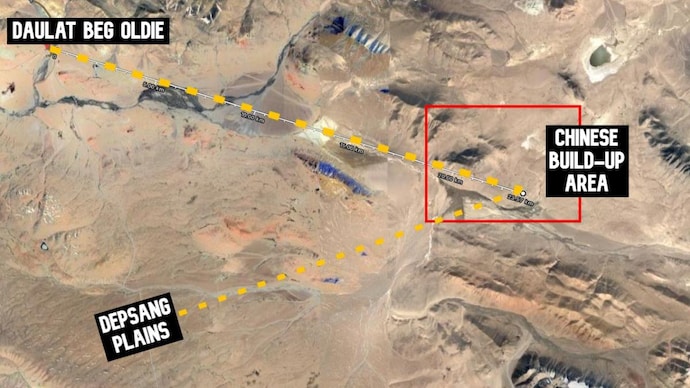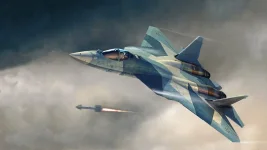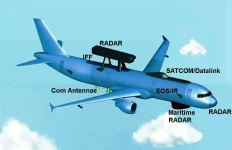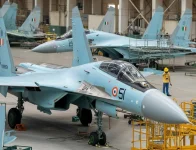- Views: 429
- Replies: 3

For four years, a tense military standoff has persisted along the Line of Actual Control (LAC) between India and China. One of the critical unresolved friction points remains Depsang, a strategically significant plateau in eastern Ladakh.
Strategic Importance of Depsang
Located at an altitude of 16,000 feet, the 972-square kilometer Depsang plateau holds immense tactical value. Of particular importance is its proximity to the 255-km Darbuk-Shyok-DBO (DSDBO) road. This road is a vital supply line, connecting India's strategically essential DBO airstrip near the Karakoram Pass. Chinese positions in Depsang pose a direct threat to this key Indian asset.The Impasse
In April 2020, tensions escalated along the LAC as China amassed troops and weaponry on its side of the border. Since then, multiple rounds of military talks have taken place in an attempt to resolve the crisis. However, the Depsang standoff remains a major obstacle to easing tensions.India has proposed a three-step process for de-escalation:
- Disengagement: Both sides withdraw troops from close proximity along the LAC, returning to positions held prior to April 2020.
- De-escalation: Further reciprocal withdrawal of troops and equipment to levels before the standoff.
- De-induction: Complete withdrawal of all additional forces and equipment deployed since the standoff began in April 2020.
Ongoing Efforts and Resolve
Despite 21 rounds of military-level talks, achieving a lasting solution in Depsang has proved elusive. While some progress has been made, with disengagement occurring at certain locations, the stalemate over Depsang persists.Defense Minister Rajnath Singh, underscoring India's resolve, affirmed, "India is no longer weak ….We should wait for the outcome of the talks. However, I want to assure the countrymen that India has not bowed down anywhere, nor will it ever bow down."




